This collection guides travelers to locations that remain outside mainstream tourism circuits. The selection includes natural sites and cultural places that receive limited visitor attention. These destinations provide opportunities to observe local daily life and regional traditions without commercial tourism infrastructure.
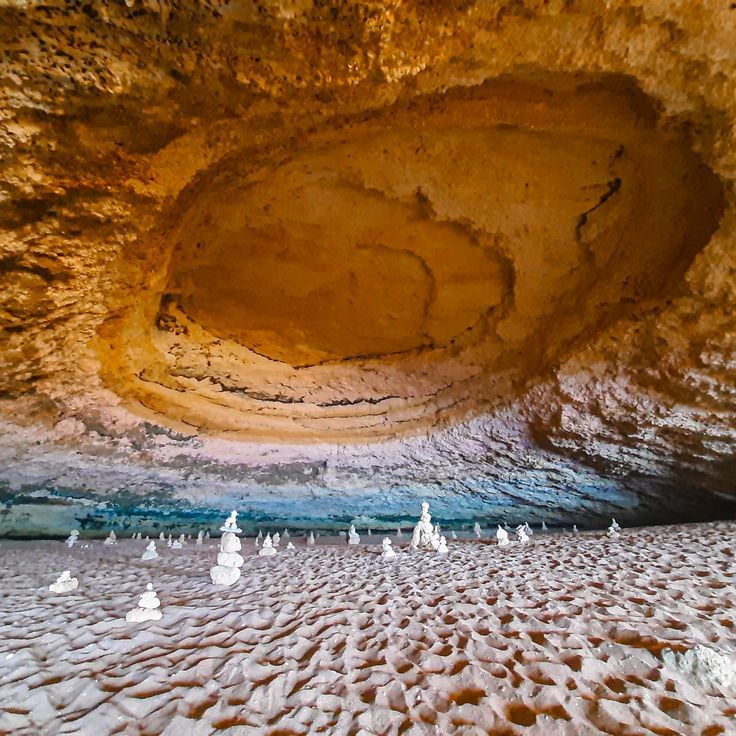
Algarve, Portugal
The Benagil Sea Cave sits along the Algarve coast and features a distinctive dome shape with a natural skylight at its top. Sunlight streams through the circular opening in the ceiling, illuminating the sandy floor and turquoise waters below. This marine grotto formed through continuous erosion of the limestone cliffs by ocean waves. The cave is accessible only by water, with two arched entrances allowing small boats to enter, and offers a direct view of the sky through its central aperture.
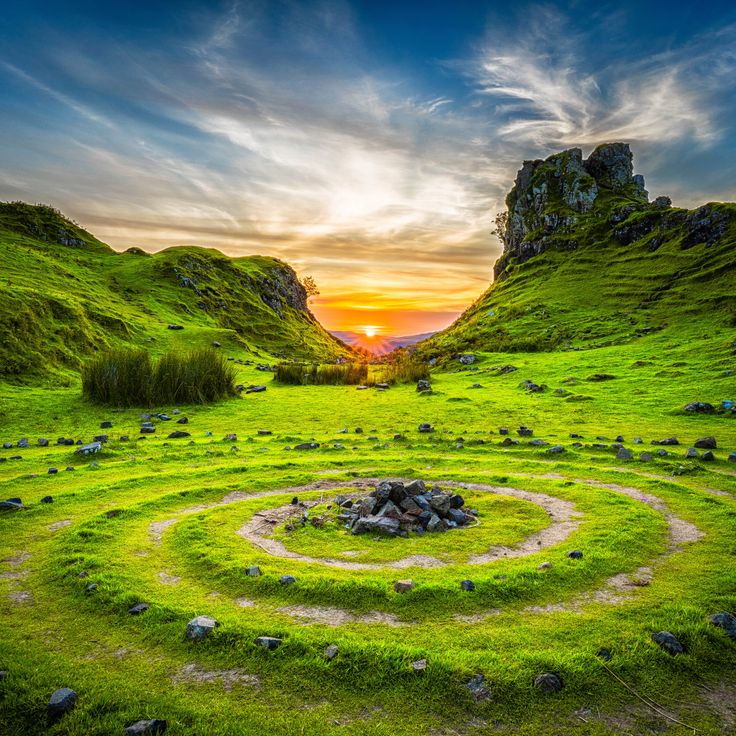
Isle of Skye, United Kingdom
Fairy Glen is a small valley in the northern part of the Isle of Skye, characterized by conical hills and winding streams. The landscape was formed by landslides and features several grass-covered cone-shaped formations surrounded by small ponds. A narrow path winds through the terrain, allowing visitors to explore the various levels and formations. The glen is located near the village of Uig and covers a relatively compact area. The green hills contrast with the dark rocky formations of the surrounding landscape. During changing weather conditions, the valley displays different lighting moods throughout the day.
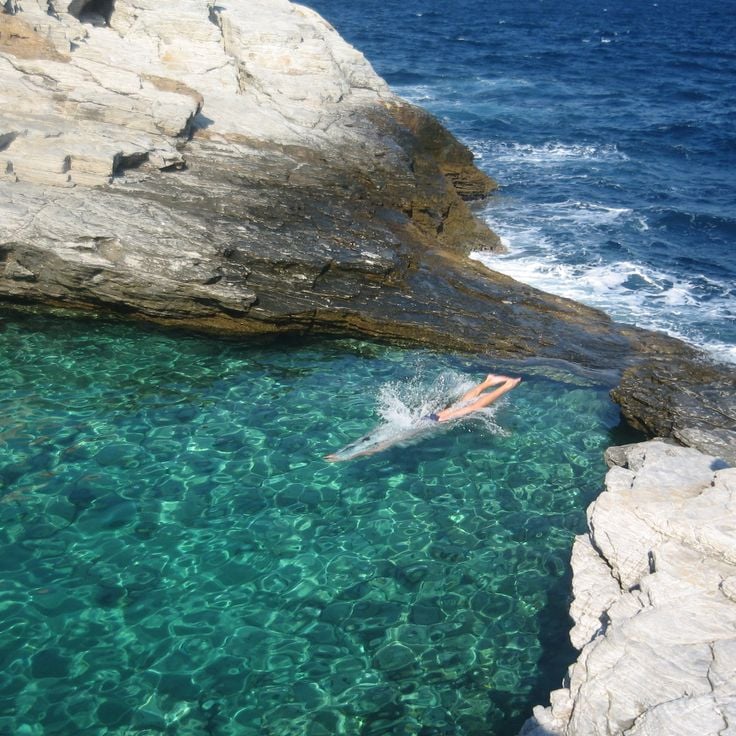
Thassos, Greece
Giola Lagoon is a natural rock pool located on the southern coast of Thassos, formed by erosion in the limestone rock. The pool measures approximately 20 meters in diameter and is separated from the open sea by a narrow rock ledge. Water replenishes through waves washing over the rocks. Access requires a 20-minute walk from the village of Astris along a marked trail.

Ica, Peru
Huacachina Oasis sits in the Ica desert, approximately five kilometers west of Ica city. This natural lagoon is surrounded by palm trees and huarango trees, framed by tall sand dunes that reach up to 100 meters in height. The green water of the lagoon is fed by underground springs. The oasis serves as a base for sandboarding and dune buggy excursions across the surrounding desert. Several small hotels and restaurants are located along the lagoon's shore.
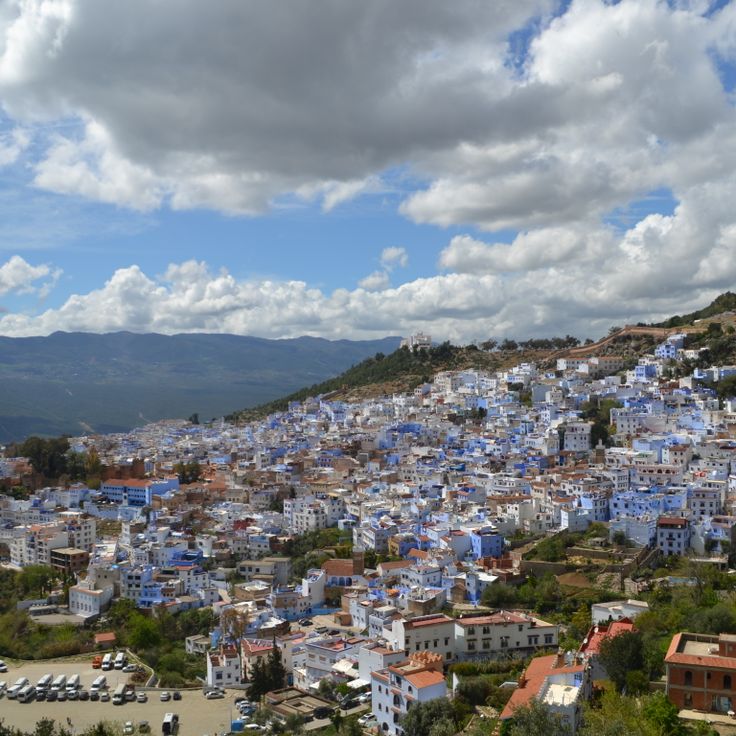
Chefchaouen, Morocco
Chefchaouen is a city in the Rif Mountains of northwest Morocco, recognized for its blue-washed buildings and narrow streets. The city was established in 1471 and sits at approximately 600 meters elevation. The distinctive blue color of the medina's houses dates back to the 15th century and is regularly maintained by residents. Chefchaouen provides access to hiking trails in the surrounding mountains and serves as a gateway to Talassemtane National Park.
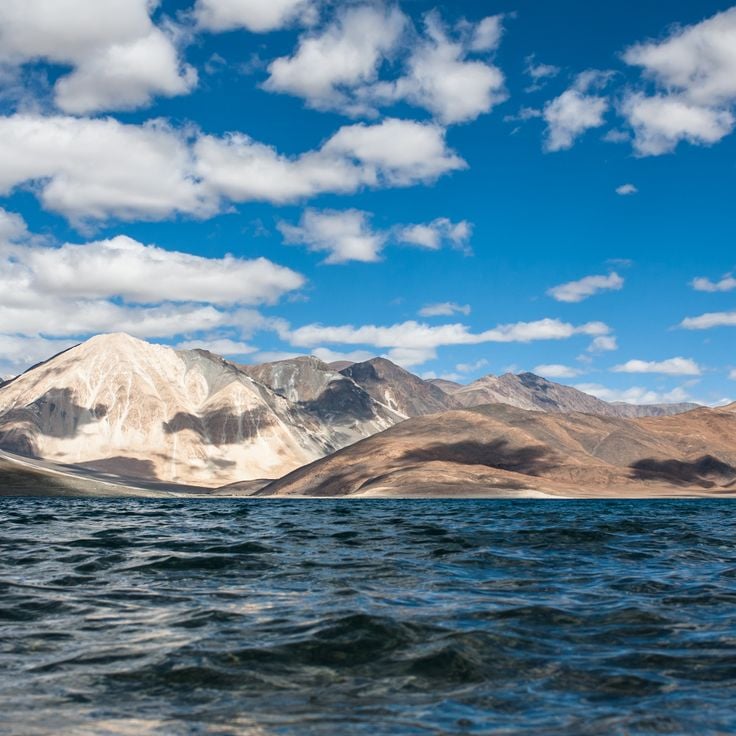
Ladakh, India
Pangong Tso sits at an altitude of over 4,200 meters in the Ladakh region, extending across the India-China border. This saltwater lake stretches approximately 134 kilometers in length and up to 5 kilometers in width. The water displays different shades of blue that shift throughout the day due to changing light conditions and mineral composition. The surrounding mountains are mostly barren, creating a stark landscape. Despite its salinity, the lake freezes completely during winter months. Migratory birds use the area as a breeding ground during the summer season.
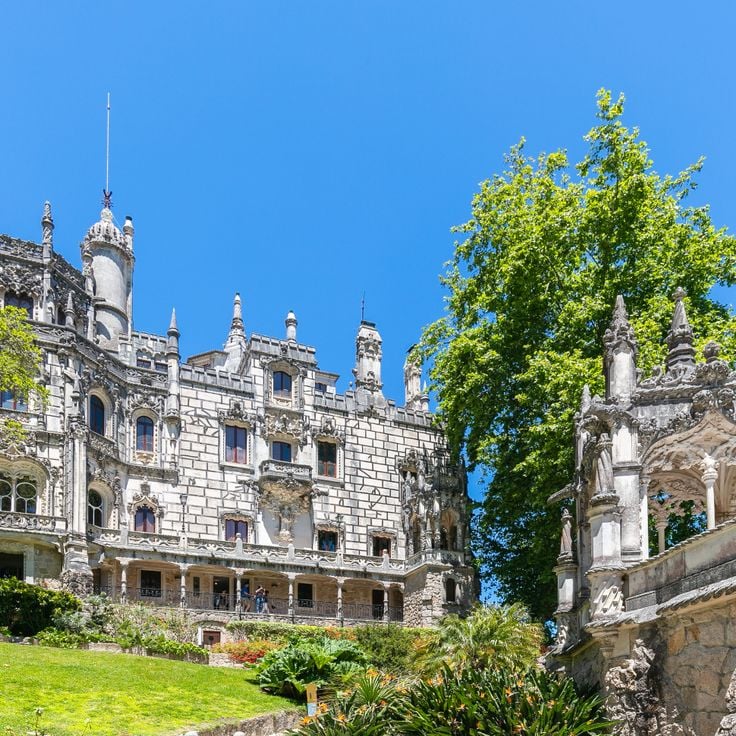
Sintra, Portugal
Quinta da Regaleira is a historic estate in Sintra built in the early 20th century. The property includes a palace, a chapel, and extensive gardens filled with symbolic elements. Underground tunnels connect various areas of the park, including the famous Initiation Well, a spiral staircase descending nine stories into the earth. The architecture combines Romantic, Gothic, and Renaissance elements with esoteric symbols from Freemasonry and the Knights Templar.
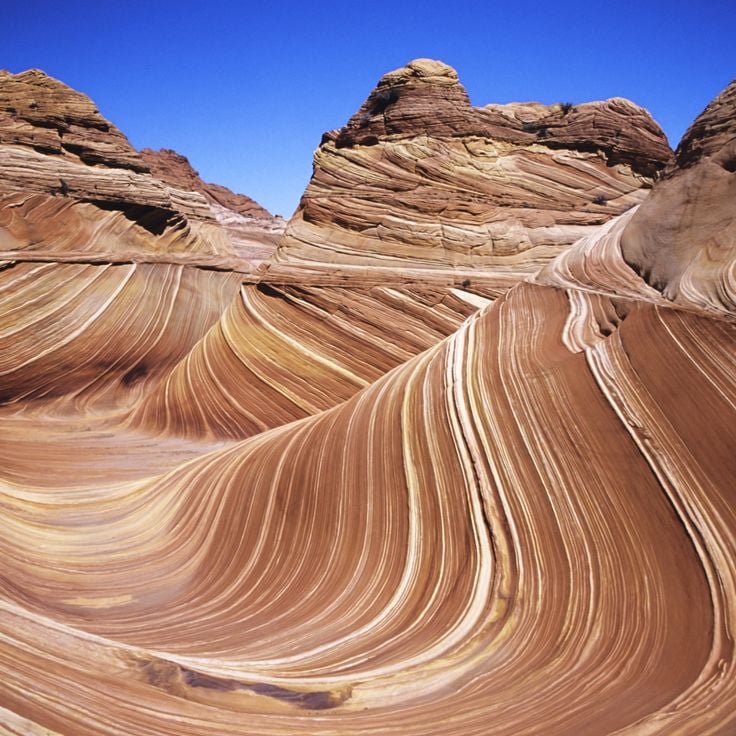
Arizona, USA
The Wave is a geological formation of layered sandstone located in the Coyote Buttes area of the Paria Canyon-Vermilion Cliffs Wilderness. The undulating lines were created through erosion of Navajo Sandstone over millions of years. The red, orange, and yellow hues result from iron oxide and other mineral deposits. Access is restricted through a lottery system that permits only twenty visitors per day to protect the fragile formation.
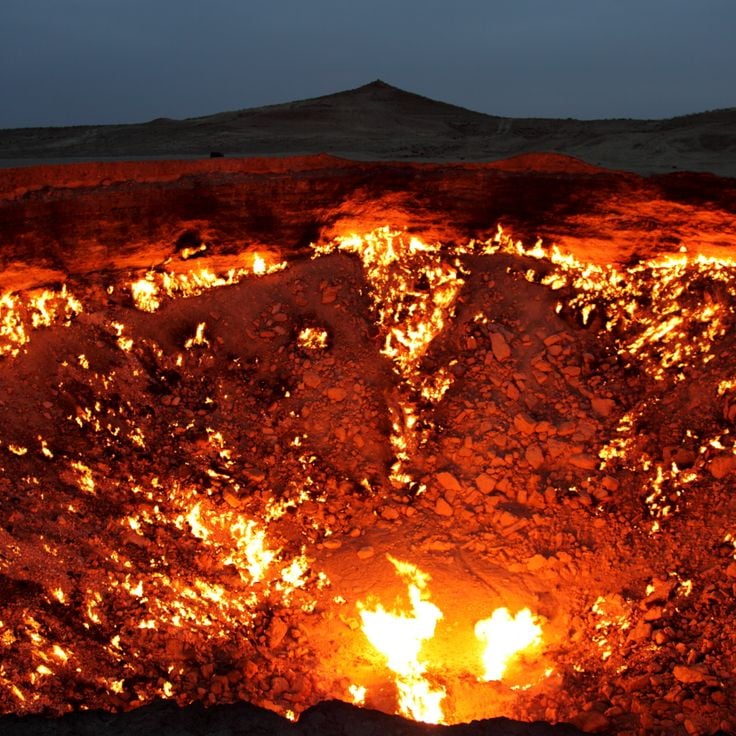
Ahal Province, Turkmenistan
A fiery pit nicknamed 'The Door to Hell' that has been burning since 1971.
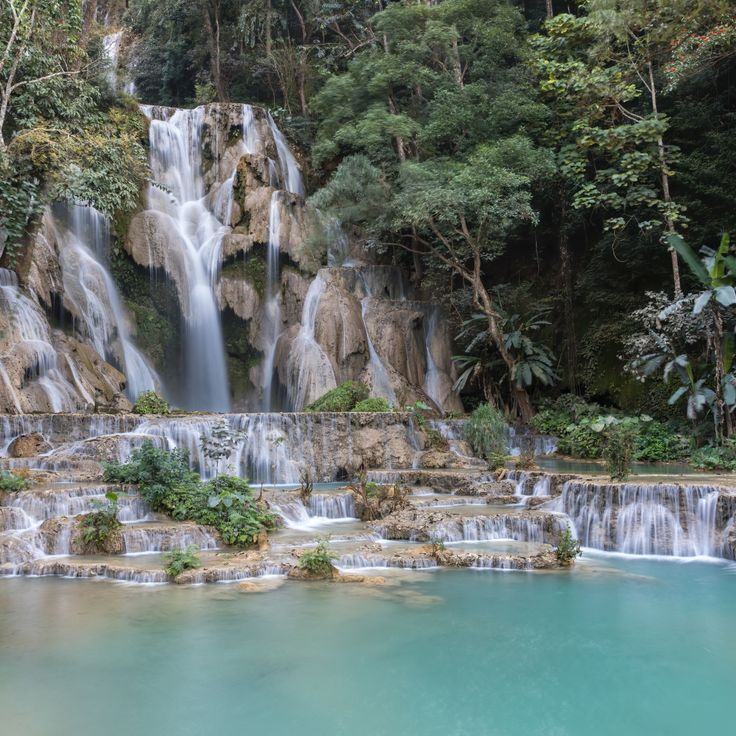
Luang Prabang, Laos
Kuang Si Falls comprises multiple cascades that flow over several tiers, forming natural pools of turquoise water. The water descends through dense tropical forest, creating a series of limestone formations and swimming areas. Located approximately thirty kilometers southwest of Luang Prabang, these falls are surrounded by jungle vegetation. A walking trail leads to the upper levels of the waterfall system.
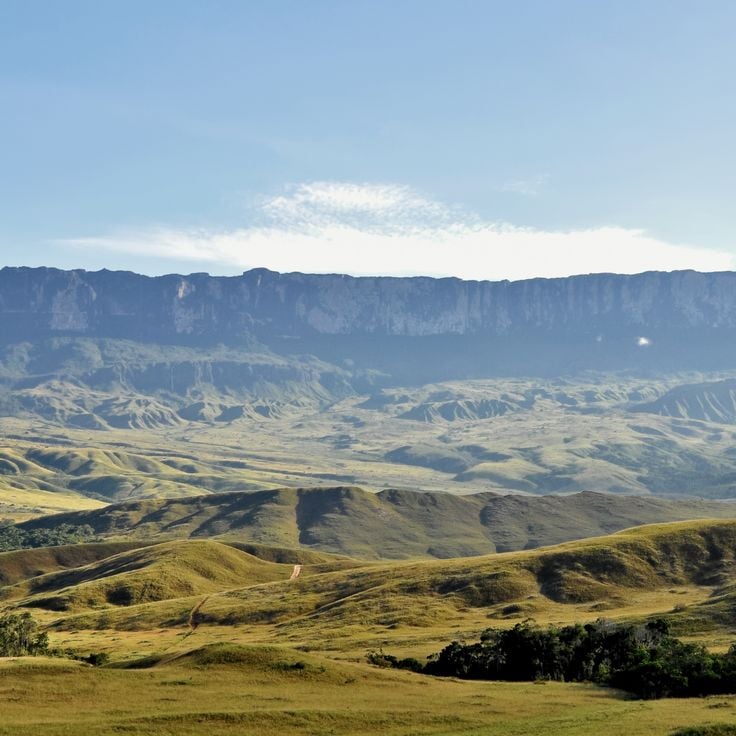
Canaima National Park, Venezuela
Mount Roraima rises as a massive tabletop plateau at the border between Venezuela, Brazil, and Guyana. This sandstone geological formation reaches an elevation of 2,810 meters and represents one of Earth's oldest rock formations, dating back approximately two billion years. The flat summit area spans 31 square kilometers and hosts numerous endemic plant and animal species, including carnivorous plants and black toads. Fog and clouds frequently envelop the vertical rock walls, which drop several hundred meters vertically. Indigenous Pemón peoples regard the mountain as a sacred place in their mythology.
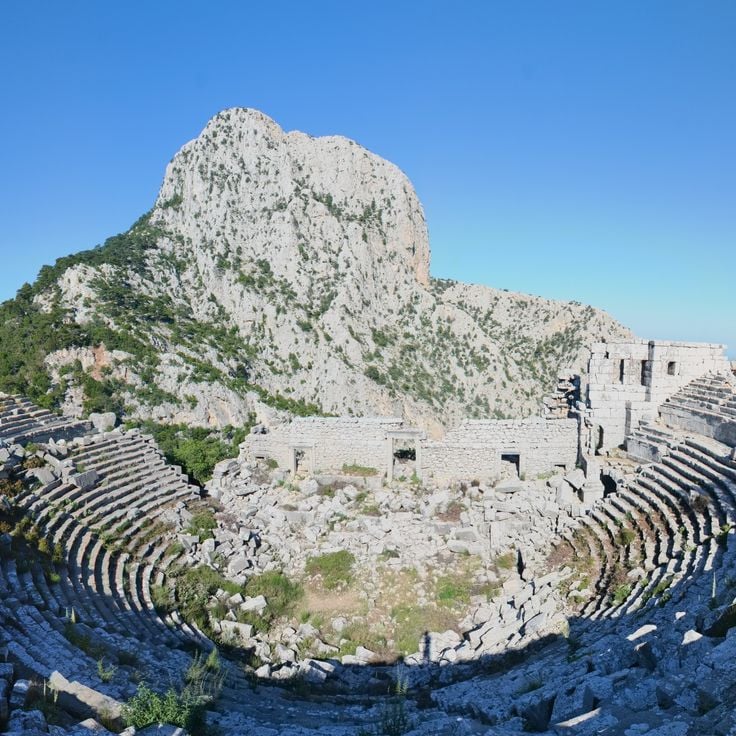
Antalya, Turkey
Termessos stands at 1050 meters altitude in the Güllük Mountains and ranks among the best preserved ancient ruins in Turkey. This Pisidian city was never conquered by Alexander the Great and maintained its independence for centuries. The site includes a theater with capacity for 4200 spectators, five cisterns for water supply, several temples, an agora, and an extensive necropolis with numerous sarcophagi. The ascent through dense pine forests leads to the ruins, which spread across multiple terraces.
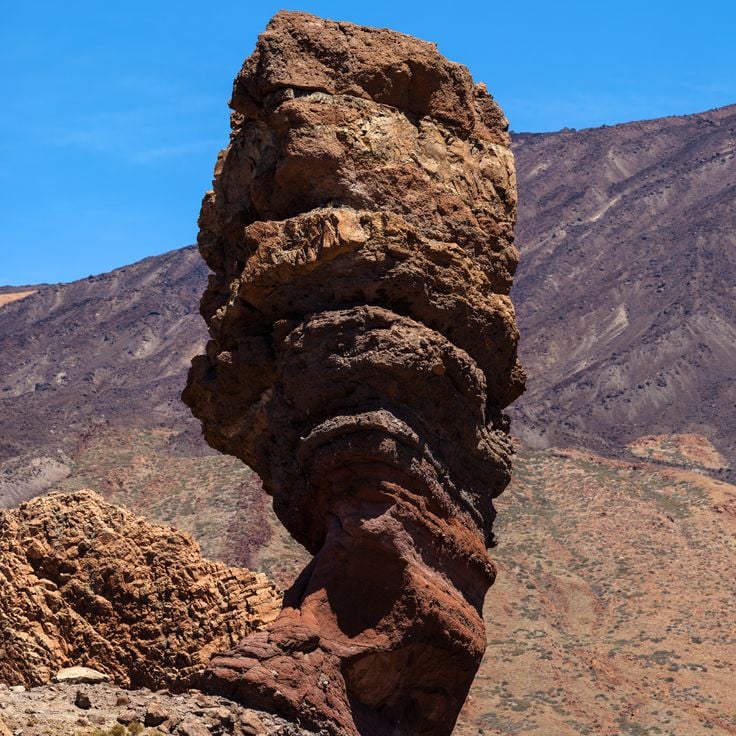
Tenerife, Spain
Roque Cinchado is a distinctive volcanic rock formation located in Teide National Park on Tenerife. This erosion-shaped stone structure rises at an altitude of over 2,100 meters and stands as one of the most photographed geological landmarks in the Canary Islands. From this vantage point, visitors can observe direct views of Pico del Teide, the highest mountain in Spain.

Dinant, Belgium
The Citadel of Dinant stands atop a 100-meter-high cliff overlooking the Meuse River and the town below. This military fortress was built in the 11th century and reconstructed several times throughout history. Visitors can reach the fortification by cable car or by climbing 408 steps. From the ramparts, views extend across the river valley, the old town with its collegiate church, and the surrounding Ardennes region.

Western Australia, Australia
Lake Hillier is located on Middle Island in the Recherche Archipelago and displays a distinct pink coloration that persists throughout the year. This salt lake spans approximately 600 meters in length and is surrounded by a narrow strip of sand and dense vegetation of paperbark and eucalyptus trees. The pink hue of the water results from specific algae and bacteria that thrive in the salt-rich environment. Access to the lake is limited to helicopter or boat, as the island remains uninhabited.
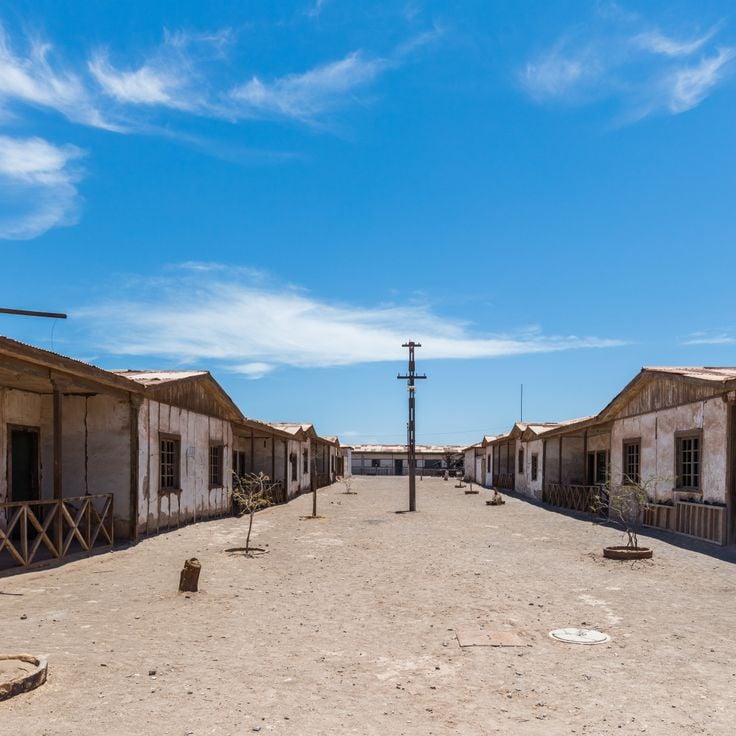
Tarapacá, Chile
The Ghost Town of Humberstone is an abandoned nitrate mining village located in the Atacama Desert. This industrial settlement was founded in 1872 and served as a center for sodium nitrate extraction. The preserved structures include worker housing, a theater, a market square, and a swimming pool. After the mine closed in 1960, the village remained untouched. Today, this site documents the history of nitrate mining in northern Chile and the lives of mining workers during the early 20th century.

Thessaly, Greece
The Meteora Monasteries sit atop towering sandstone rock formations that rise above the Thessalian plain. These six active Eastern Orthodox monasteries date from the 14th and 15th centuries and were built by monks seeking solitude and spiritual retreat. The rock pillars reach heights of up to 400 meters and offer expansive views across the surrounding valleys and mountains. Visitors can access the monasteries via staircases and pathways carved into the rock faces.

Meghalaya, India
The Living Root Bridges of Meghalaya are functional structures made from the living roots of rubber fig trees, shaped over generations by the Khasi and Jaintia peoples. These bridges are created by guiding young roots across rivers and gorges, allowing them to interweave over a period of 15 to 30 years. The most famous is the double-decker bridge near Nongriat village, which features two levels and can support several hundred people at once. These organic structures grow stronger with age and can last for centuries.
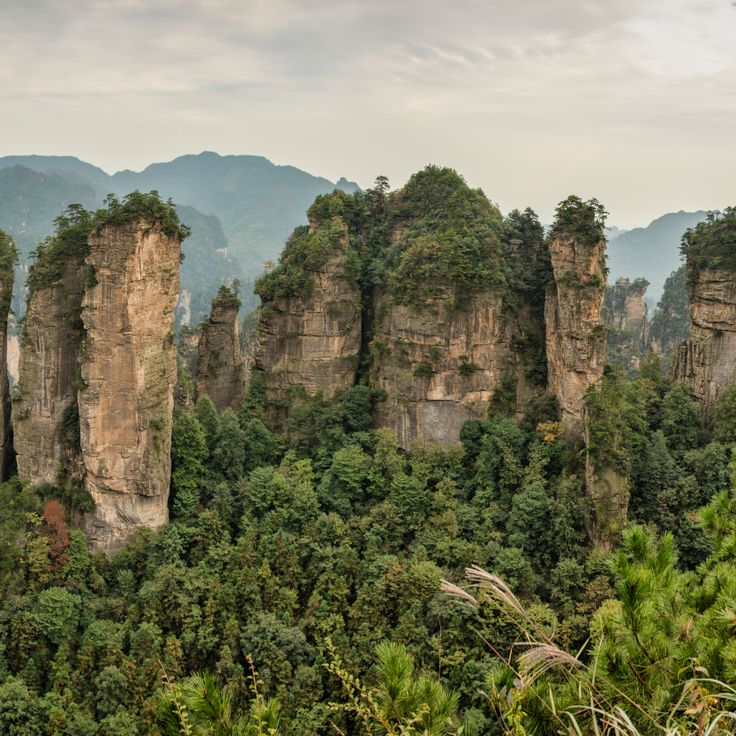
Hunan, China
The Wulingyuan Scenic Area spans 264 square kilometers and features more than 3,000 quartzite sandstone pillars rising up to 200 meters high. These geological formations were created through erosion over millions of years, forming a labyrinth of narrow ravines, natural bridges, and caves. The area supports numerous plant species and serves as habitat for endangered wildlife. Visitors can explore the terrain through a network of hiking trails, cable cars, and the Bailong Elevator, which is installed on a cliff face.
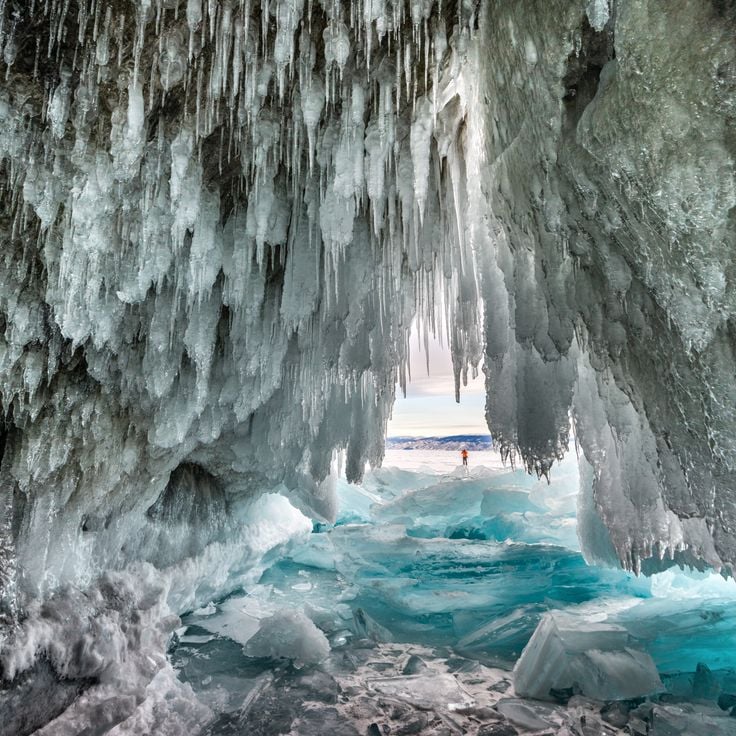
Siberia, Russia
Lake Baikal transforms into an ice landscape during winter, forming natural caves and formations. The ice caves of Lake Baikal develop through the combination of wind, temperature, and water movement beneath the frozen surface. The ice reaches up to two meters in thickness and displays turquoise and blue transparencies. These temporary structures form along the shores and can extend several meters into the frozen lake water.
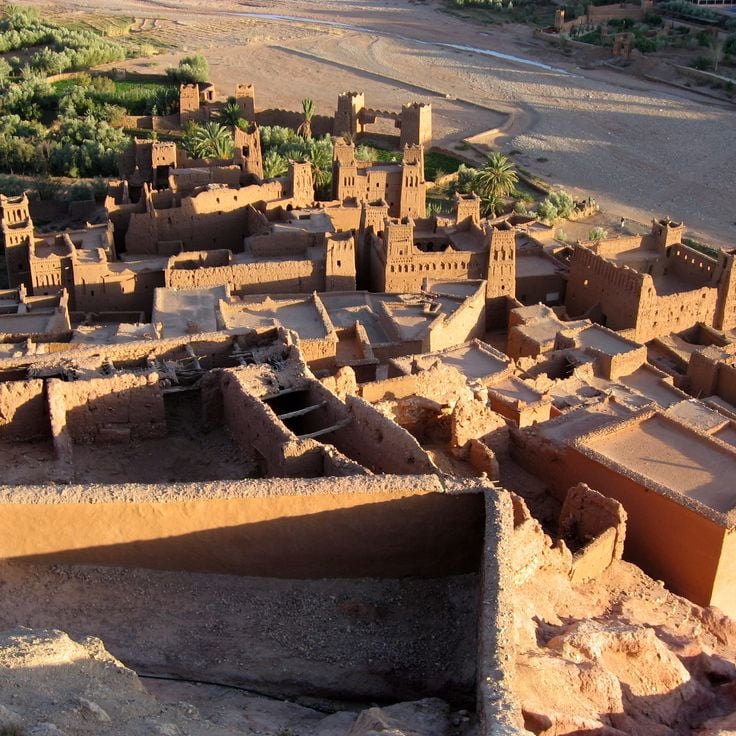
Morocco
Aït Benhaddou is a fortified village made of clay that rises on a hillside at the edge of the High Atlas Mountains. The settlement consists of several kasbahs and residential houses surrounded by high walls with corner towers. The village sits on the historic trade route between the Sahara and Marrakesh. The architecture displays traditional construction methods using rammed earth and straw. Many buildings date from the 17th century, though the origins of the settlement extend further back. Today only a few families still inhabit the old village, while most residents have moved to the modern settlement on the opposite side of the river.
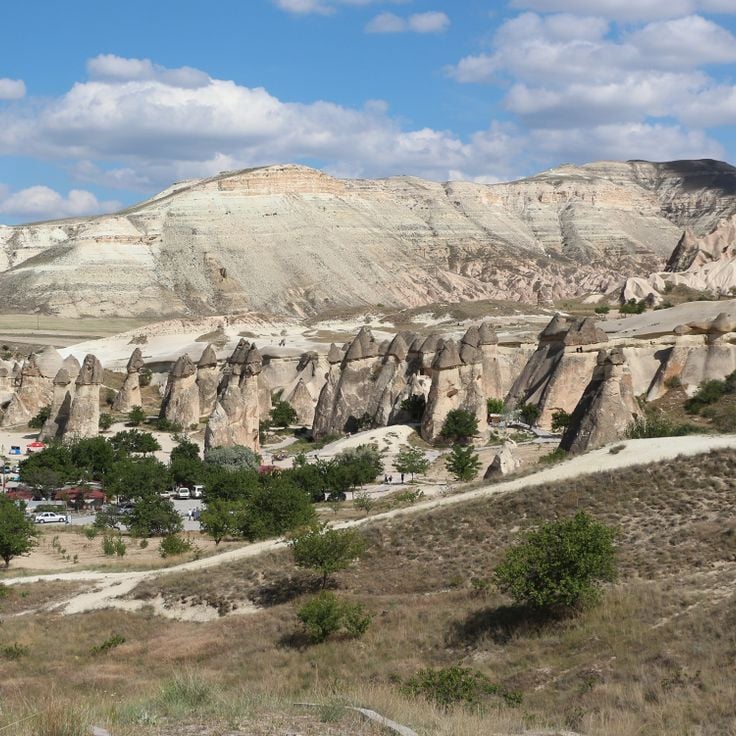
Cappadocia, Turkey
The Göreme Fairy Chimneys are natural stone pillars formed by millions of years of volcanic activity and erosion. These cone-shaped formations of tuff and basalt rise from the valley floor, creating an unusual landscape. Many of these structures were carved into homes, churches, and monasteries by Byzantine communities dating back to the 4th century.
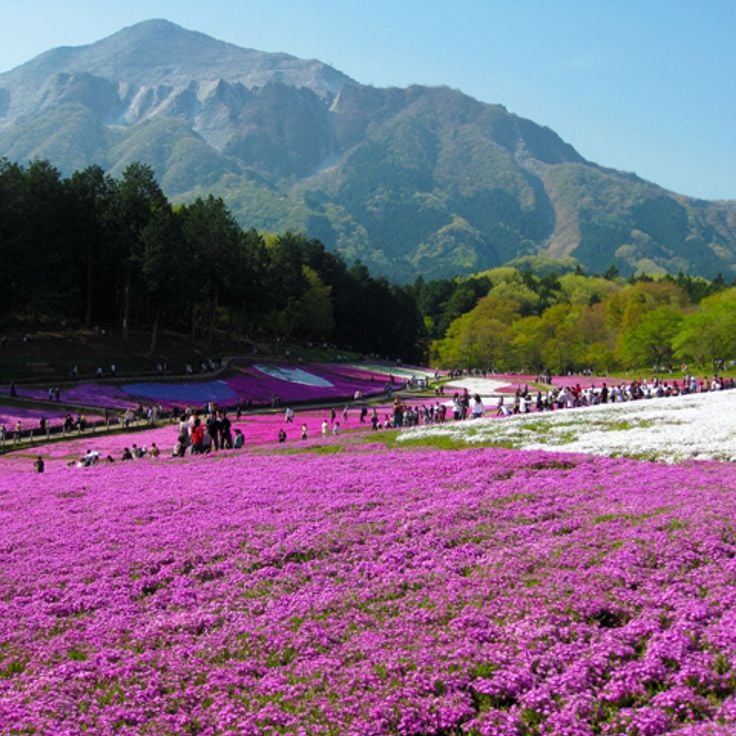
Fuji Five Lakes, Japan
Shibazakura Hill transforms into a carpet of pink each spring when thousands of moss phlox plants bloom across the ground. These low-growing flowers create a dense cover of pink, white, and purple blossoms that stretch across gentle slopes. Located at the base of Mount Fuji, the site offers views that combine the colorful ground flowers with the snow-capped volcanic peak in the background during the blooming period from late April to early May.
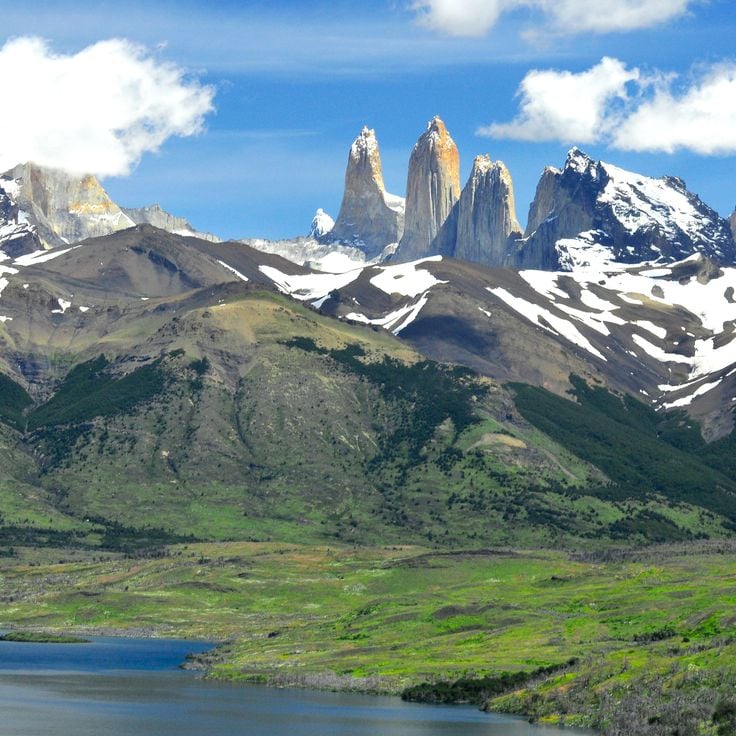
Patagonia, Chile
Torres del Paine National Park spans the southern Andes region, featuring three granite peaks rising over 2,500 meters. The landscape combines glacial lakes such as Lago Pehoé with extensive ice fields and steppe-like plains. Hiking trails traverse valleys with lenga forests leading to viewpoints of the mountain formations and surrounding glaciers.
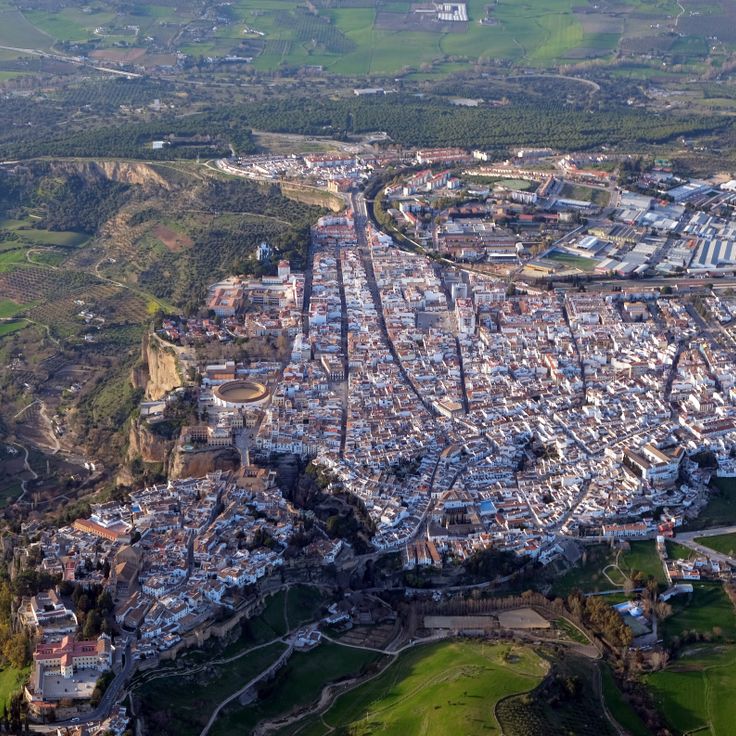
Malaga, Spain
Ronda stands on a plateau in Malaga province, divided by the 120-meter deep El Tajo gorge. The 18th-century Puente Nuevo bridge connects the historic old town with the modern district. The city contains one of Spain's oldest bullrings, built in 1785, along with Moorish baths and palaces from the period of Islamic rule.
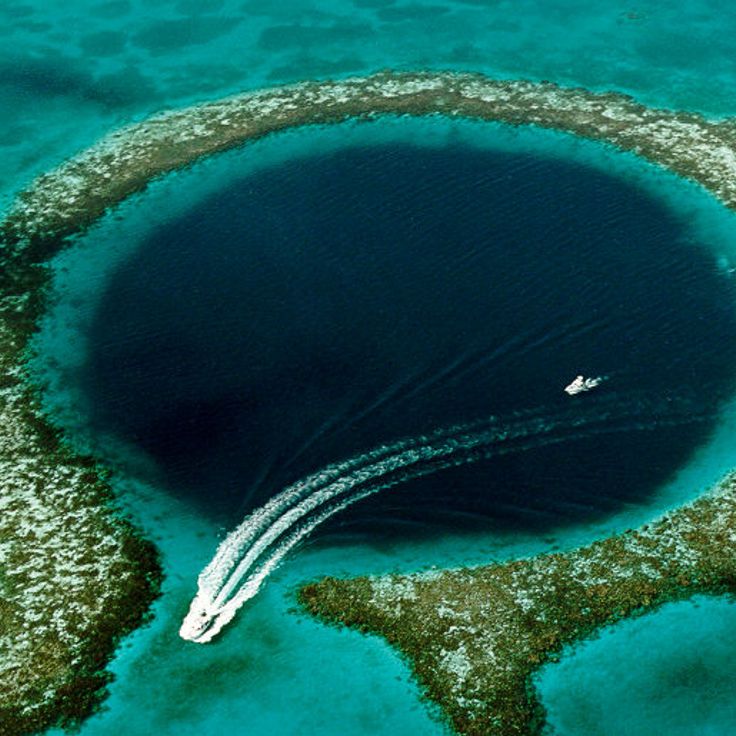
Belize
The Great Blue Hole is a circular underwater limestone sinkhole measuring approximately 300 meters in diameter and 125 meters deep. This geological formation sits at the center of Lighthouse Reef Atoll, roughly 70 kilometers off the coast of Belize. The hole formed during the last ice age as a limestone cave that later flooded when sea levels rose. The dark blue color of the water results from the dramatic depth contrast with the surrounding turquoise reef waters. Divers encounter stalactites and other limestone formations at various depths, along with several species of sharks.
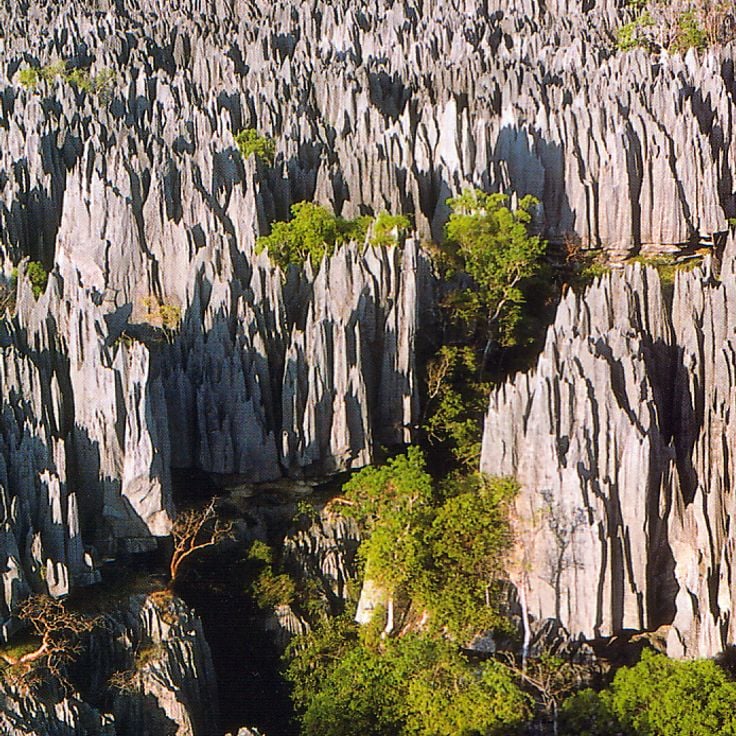
Madagascar
Tsingy de Bemaraha is a national park in western Madagascar, recognized for its karst landscape of sharp limestone formations. These needle-shaped rock structures extend across large areas and form a distinctive geological phenomenon. The site supports numerous endemic plant and animal species, including several lemur species. Deep canyons, caves, and underground river systems traverse the limestone massif.
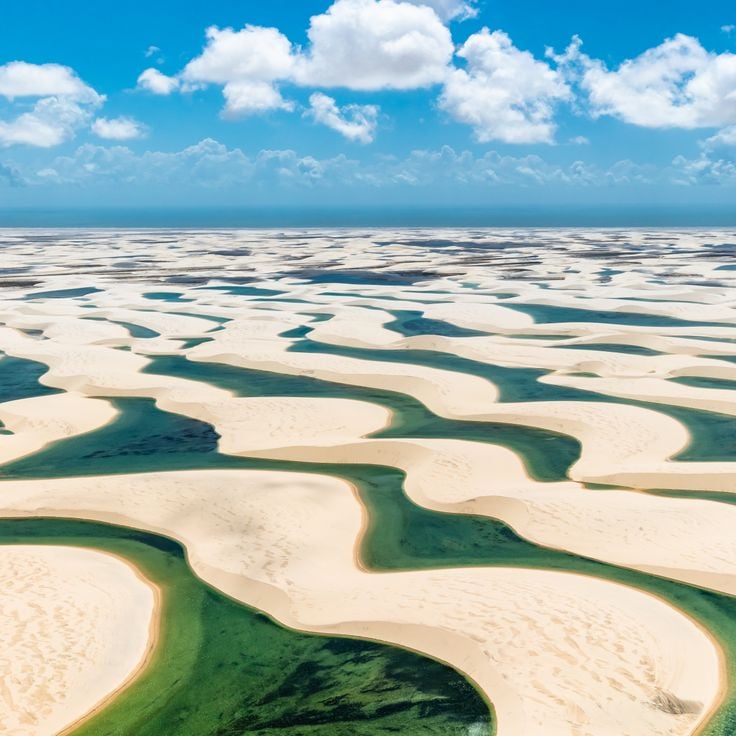
Maranhão, Brazil
Lencois Maranhenses National Park spans 1,550 square kilometers along Brazil's northeastern coast, presenting an extraordinary ecosystem of white sand dunes and turquoise freshwater lagoons. During the rainy season from January to June, valleys between dunes reaching up to 40 meters in height fill with crystalline rainwater, forming thousands of temporary lagoons where fish and other aquatic life develop throughout the wet months.
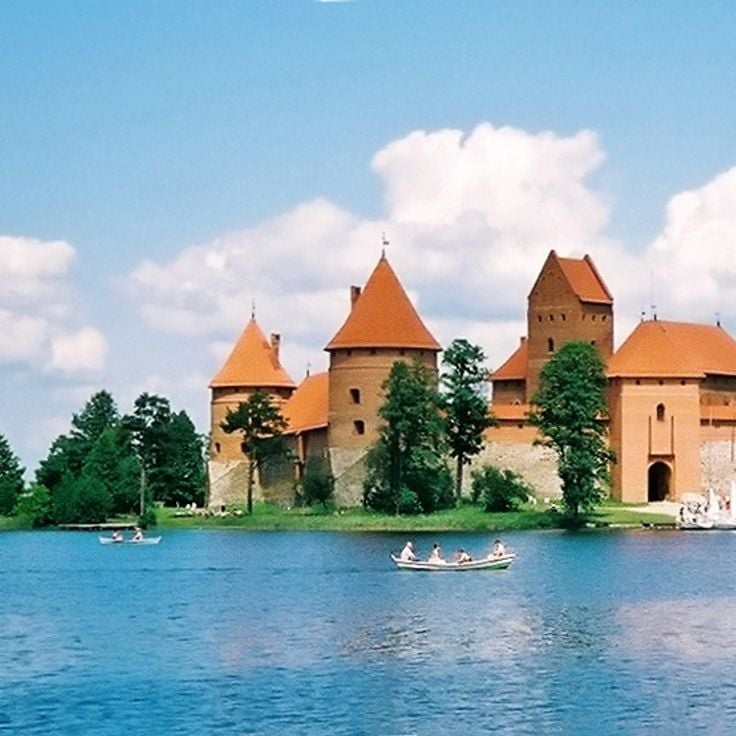
Trakai, Lithuania
Trakai Island Castle rises from an island in Lake Galvė, approximately 28 kilometers west of Vilnius. This Gothic fortress of red brick was constructed during the 14th and 15th centuries and served as a residence for the Grand Dukes of Lithuania. The complex consists of several buildings connected by bridges. Following extensive restoration work in the 20th century, the castle now houses a history museum with collections dedicated to Lithuanian history and culture.
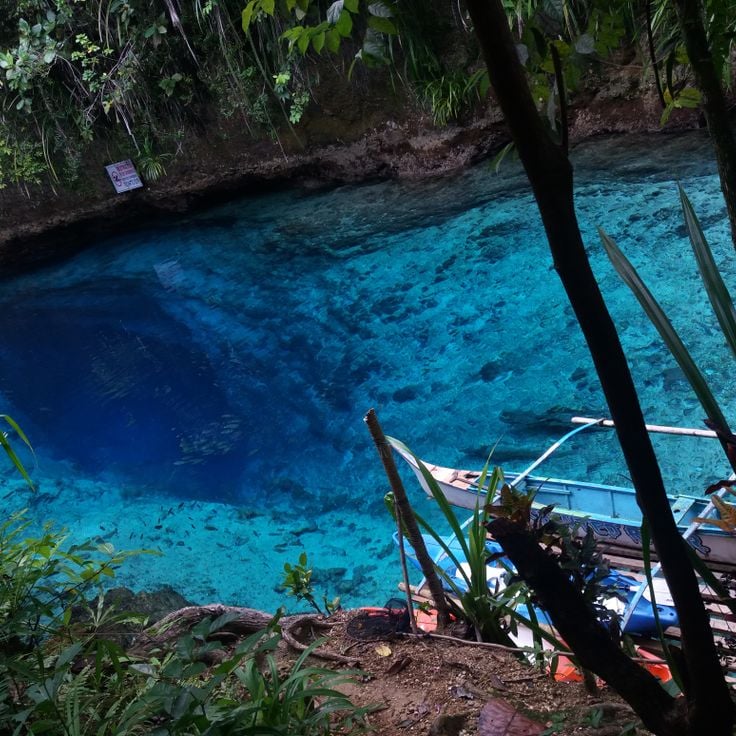
Hinatuan, Surigao del Sur, Philippines
The Hinatuan Enchanted River is a natural freshwater pool located on the eastern coast of Mindanao island. The water reaches depths exceeding 80 meters and is fed by underground springs whose exact origins remain not fully identified. The intense blue coloration results from the combination of water depth, mineral content and light refraction. After a short course, the river flows into the Philippine Sea. The area sits within a forested karst landscape and is open to visitors.

Potosí, Bolivia
Salar de Uyuni extends over more than ten thousand square kilometers in southwestern Bolivia at an elevation of three thousand six hundred meters. This salt desert formed through the evaporation of prehistoric lakes and creates a white crust that becomes covered by a thin layer of water during the rainy season from November to March. This water surface produces reflections of the sky and surrounding volcanoes. The area contains significant lithium deposits and includes several islands with cacti, among them Incahuasi Island. Flamingos and other bird species inhabit the peripheral zones of the salt flat.
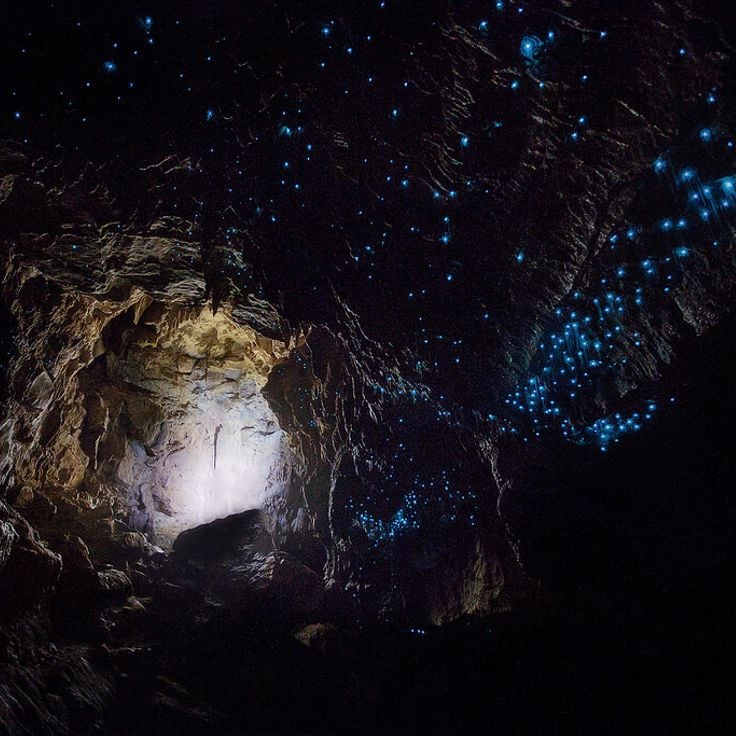
Waitomo, New Zealand
The Glowworm Caves in Waitomo form an underground cave system where thousands of glowworms inhabit the ceilings. These larvae of the fungus gnat Arachnocampa luminosa produce blue light through bioluminescence, making the cave ceilings appear like a starry night sky. Visitors travel through the dark galleries in boats, experiencing the natural light display created by these luminous organisms.